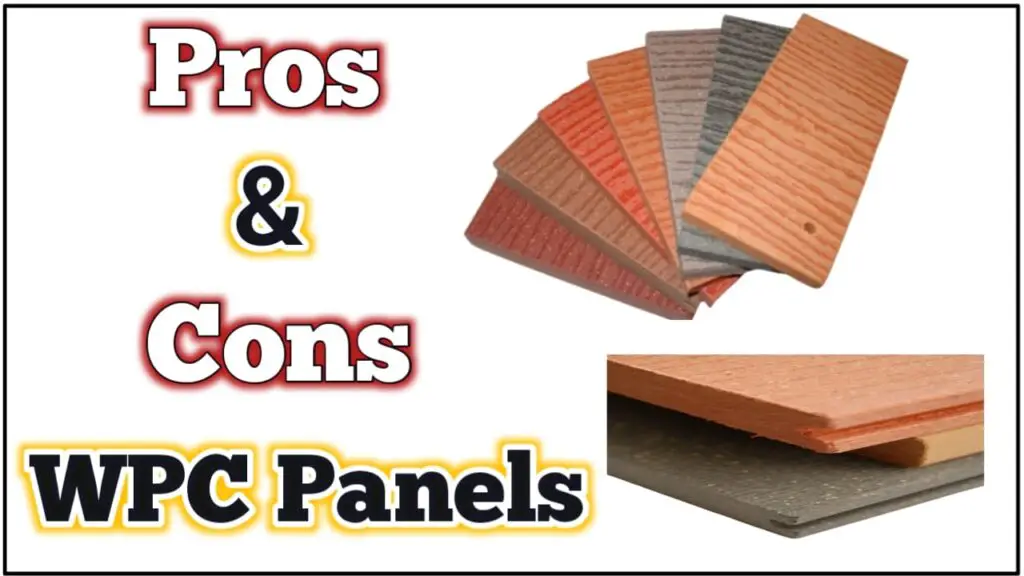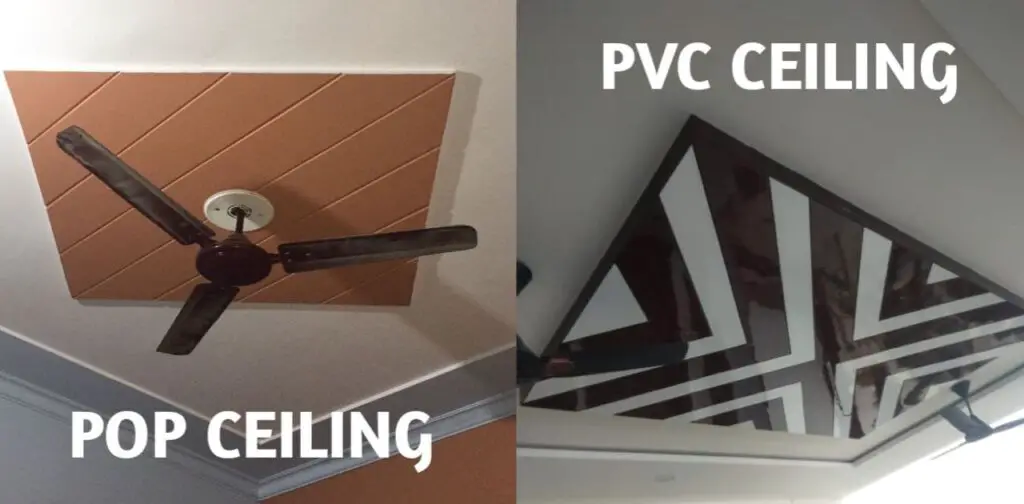Advantages & Disadvantages of WPC Panels
Wood Plastic Composite (WPC) panels are an innovative building and interior design material that merges the positive attributes of wood and plastic. They are produced by combining wood particles or wood powder with plastic materials, like polyethylene, polypropylene, or polyvinyl chloride. This fusion results in a versatile, robust, and eco-friendly material that has become increasingly popular.

In this article, we will explore the advantages and disadvantages of WPC wall panels in detail, covering various aspects such as aesthetics, durability, sustainability, and cost-effectiveness.
Advantages of WPC Panels
i).Aesthetics & Visual Appeal
WPC panels successfully imitate & mimic the appearance of natural wood,, offering an attractive option for multiple uses. They come in an extensive assortment & variety of colors, textures, and finishes, enabling customization to fit individual design preferences,which makes them a versatile option for a range of design styles.hey can be used in both modern and traditional settings, and they can be customized to fit any design concept.
ii).Durability & Long Lasting
WPC wall panels are highly durable and long-lasting. These panels are highly resistant to moisture, insects, and decay. They can withstand extreme weather conditions, such as heavy rainfall, high temperatures, and strong winds.They do not warp, splinter, or rot like traditional wood, making them a long-lasting and low-maintenance option and also resistant to pests, termites, and fungal decay, which makes them an ideal choice for outdoor applications. Additionally, their high resistance to UV radiation and extreme weather conditions contributes to their extended lifespan & longevity.
iii).Eco-Friendliness
WPC panels are made from recycled materials, such as wood waste and plastic, which help decrease the demand for new resources & makes them an environmentally friendly option.They do not require the cutting down of trees, also fully recyclable at the end of their lifespan, reducing their environmental impact.
iv).Low Maintenance
WPC wall panels require very little maintenance. Unlike traditional wood that require regular painting, staining, or sealing. WPC panels are resistant to fading, cracking, and warping.They are easy to clean and maintain, needing only periodic washing with soap and water to maintain their appearance.
v).Resistance To Insects And Mold:
WPC panels are highly resistant to termites and other wood-destroying insects, as well as mold and mildew. This reduces the need for chemical treatments and prolongs their lifespan.
vi).Easy To Install
WPC panels are light and easy to handle, making installation faster and more cost-effective than traditional wood panels which makes them a popular choice for DIY projects. They can be installed using simple tools and do not require specialized skills or equipment.
Disdvantages of WPC Panels
i).Thermal Expansion And Contraction
WPC panels can expand and contract due to temperature changes. This may result in gaps or buckling if not adequately addressed during installation.
ii).Limited Structural Applications
WPC panels are unsuitable for load-bearing applications because they lack the structural strength of conventional wood. They are most appropriate for non-structural uses, such as exterior cladding, decking, and fencing.
iii).Vulnerability To Scratches And Stains
While WPC panels are resistant to various types of damage, they can be susceptible to scratches and stains. Care should be taken when moving heavy objects or using abrasive cleaning products.
iii).Environmental Concerns & Ecological Concern
Although WPC panels are created from recycled materials, the production process still consumes energy and produces waste. Additionally, the use of non-biodegradable plastic in their composition may raise questions about their long-term ecological impact.
iv).May Be Less Aesthetically Pleasing
While WPC wall panels come in a range of colors and textures, some people may find them less aesthetically pleasing than traditional wood panels. They may not have the same natural wood grain or texture, which can make them less appealing to some homeowners.
v).May Require Additional Support
WPC wall panels may require additional support during installation, especially if they are being installed on a curved or uneven surface. This can add to the cost of installation and make them less suitable for DIY projects.
vi).Limited Availability
WPC wall panels are not as widely available as traditional wood panels. They may be harder to find in some areas, which can make them a less convenient option for some homeowners.
vii).Prone To Fading
WPC wall panels are prone to fading over time, especially when exposed to direct sunlight. Although they are resistant to UV rays, prolonged exposure can cause them to lose their color and become dull.
viii).Limited Temperature Range
WPC wall panels may expand or contract with changes in temperature, which can cause them to warp or buckle. They have a limited temperature range, and they may not be suitable for use in extremely cold or hot climates.
ix).Not As Strong As Wood
While WPC wall panels are strong and durable, they are not as strong as traditional wood panels. They may be prone to cracking or breaking under heavy loads or impact, which makes them less suitable for high-traffic areas.
x).Cost
One of the main drawback & disadvantages of WPC panels is their higher initial cost compared to traditional wood panels. However, their low maintenance and extended lifespan may balance the initial investment over time.
Conclusion
WPC panels offer several advantages over traditional wood panels, such as durability, low maintenance, and eco-friendliness. However, they also come with some disadvantages, including higher initial cost, thermal expansion and contraction, and limited structural applications. When considering WPC panels for a project, it is essential to weigh the pros and cons and evaluate their suitability for the specific application.
So friends I have tried to cover all the major advantages & disadvantages of wpc wall panels in this article. I hope this article will definitely help you.
If you learn something, be sure to share it with someone who might benefit from it. If I have missed any pros & cons in this article or you have any suggestions then you can mention them in the comments section.
For more such blog posts just click subscribe to myengineeringsupport.com so that you won’t miss any new posts.
If you want a PDF copy of this,

You can message us on our Instagram & telegram channels, or you can download it from the top right-hand corner of this post.
Thanks For the Great Attention!
Also, Read,
Wall Mounted vs Floor Mounted Toilets
Flush Door vs Wooden Panel Door
UPVC vs Aluminium vs Wooden Windows
Gypsum Plaster vs Cement Plaster
Related Video,



